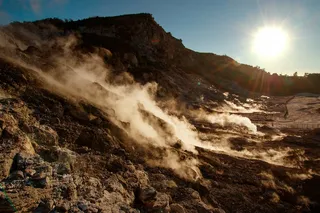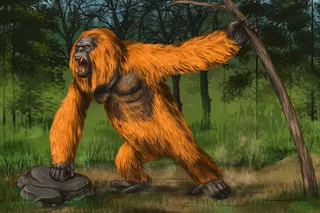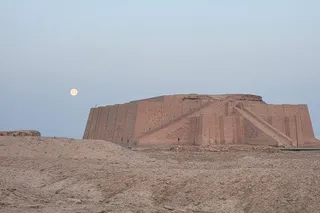Mass extinctions are evolutionary turning points — brief moments on a geologic time scale that drastically change the course of life on earth. One moment in particular stands out. The Permian-Triassic extinction, aka the Great Dying, eradicated more than 90 percent of earth’s marine species and 75 percent of terrestrial species 252 million years ago. It was the deadliest mass extinction event in the history of our planet, and its legacy lives on in the flora and fauna of the modern world.
The climactic and geochemical triggers for the Great Dying are unsettlingly similar to the effects of anthropogenic climate change. Global warming, ocean acidification and ozone layer-depletion caused ecological collapse.
The organisms that did recover from the extinction, did so slowly. Equatorial regions, which had been scorched beyond recognition, did not regain their characteristic biodiversity for five million years. Global ecosystems lacked both diversity and stability for at least ...















